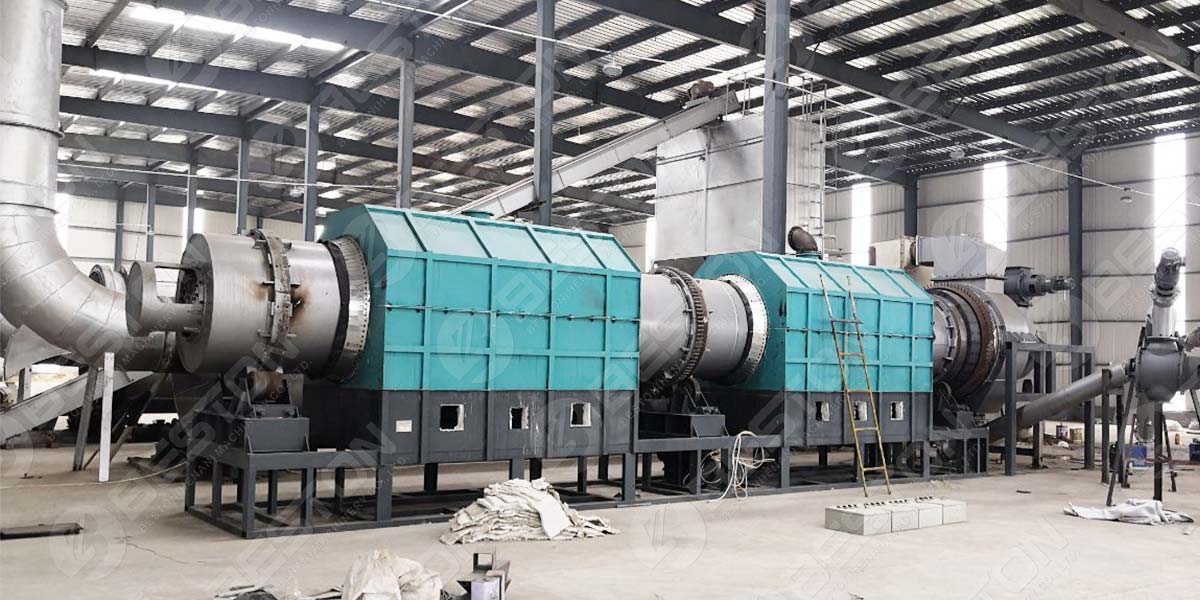Carbonization can be used to turn various types of agricultural and municipal waste, including sawdust, coconut shells, straw, and rice husks, into clean biomass fuel and other saleable commodities. The carbonization process is carried out by heating biomass waste in an oxygen-deprived chamber to extremely high temperatures. The process results in the conversion of the waste into solid porous carbon. The sawdust charcoal making machine is used to turn sawdust into charcoal.
The majority of the population has little clue as to how much waste the agriculture industry produces every single day across the world. Every time trees and crops are harvested and processed, there is lots of waste produced such as sugarcane bagasse, sawdust, peanut shells, and other biomass waste types. Traditionally this waste was and still is either fed to livestock or incinerated. However, the waste contains little nutritional value, so it is far from optimal food for livestock.

Sawdust Charcoal Machine
Incinerating agricultural waste can cause a lot of damage to the environment. The good news is that modern sawdust charcoal making machines contain emission-free carbonization furnace technology which can turn agricultural waste into high-quality biochar fuel briquettes without damaging the environment. There are many different types of these machines listed for sale online featuring configurations to match a range of budgets. Find more products from Beston Company.
Biochar fuel briquettes produced via sawdust carbonization contain a very high percentage of carbon. This high percentage means when the briquettes are burned, very little smoke is produced. As a result, the briquettes are an ideal fuel for outdoor cooking grills. As well as being a clean-burning fuel, biochar fuel briquettes are also great soil additives thanks to their dense micronutrient profile and excellent antimicrobial properties. When used as a soil additive, the briquettes prevent root diseases and dramatically increase crop yields.

BST-30 to Malaysia
Biochar carbonization machines designed to process sawdust are available from multiple manufacturers and prices can vary greatly. As a consequence, consumer research is essential. If you are looking to start a biomass waste processing factory, buying the right type of carbonization furnace is key. Some of the technical parameters to compare between different sawdust charcoal machine should include working method, reactor size, reactor pattern, operating pressure, expected operational life, area requirements, cooling method, and maximum hourly feeding capacity. Price is also an important factor. Beston’s sawdust charcoal making machines are some of the most competitively priced in the marketplace.